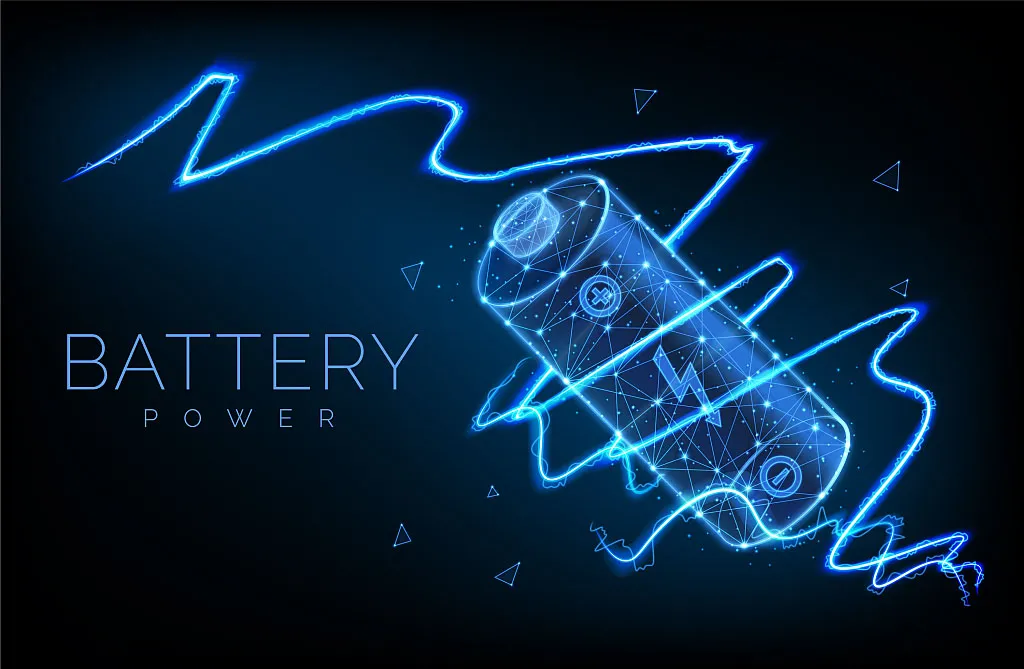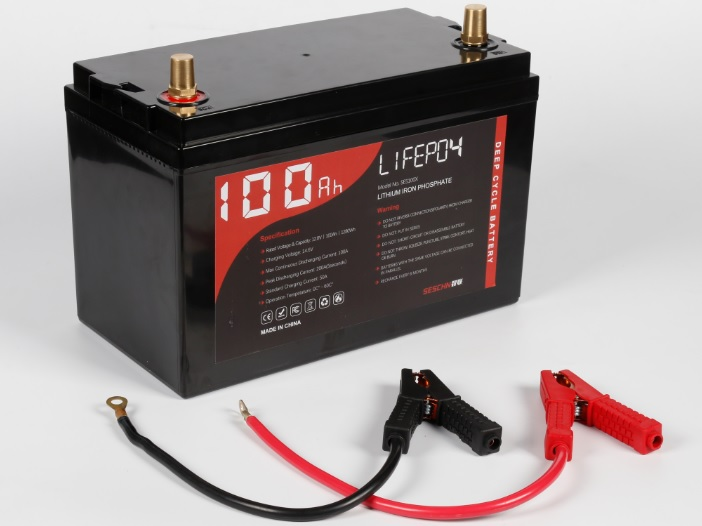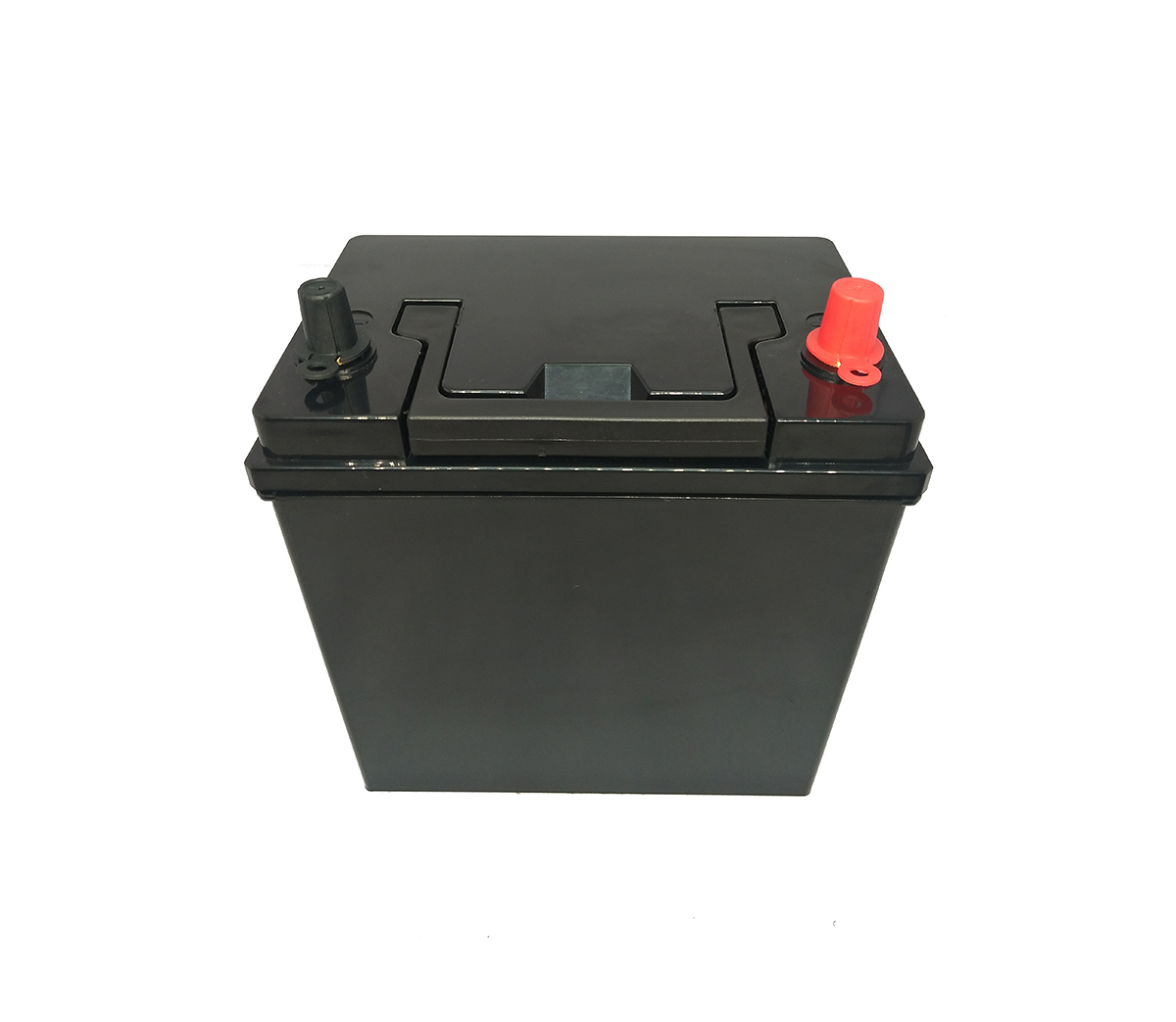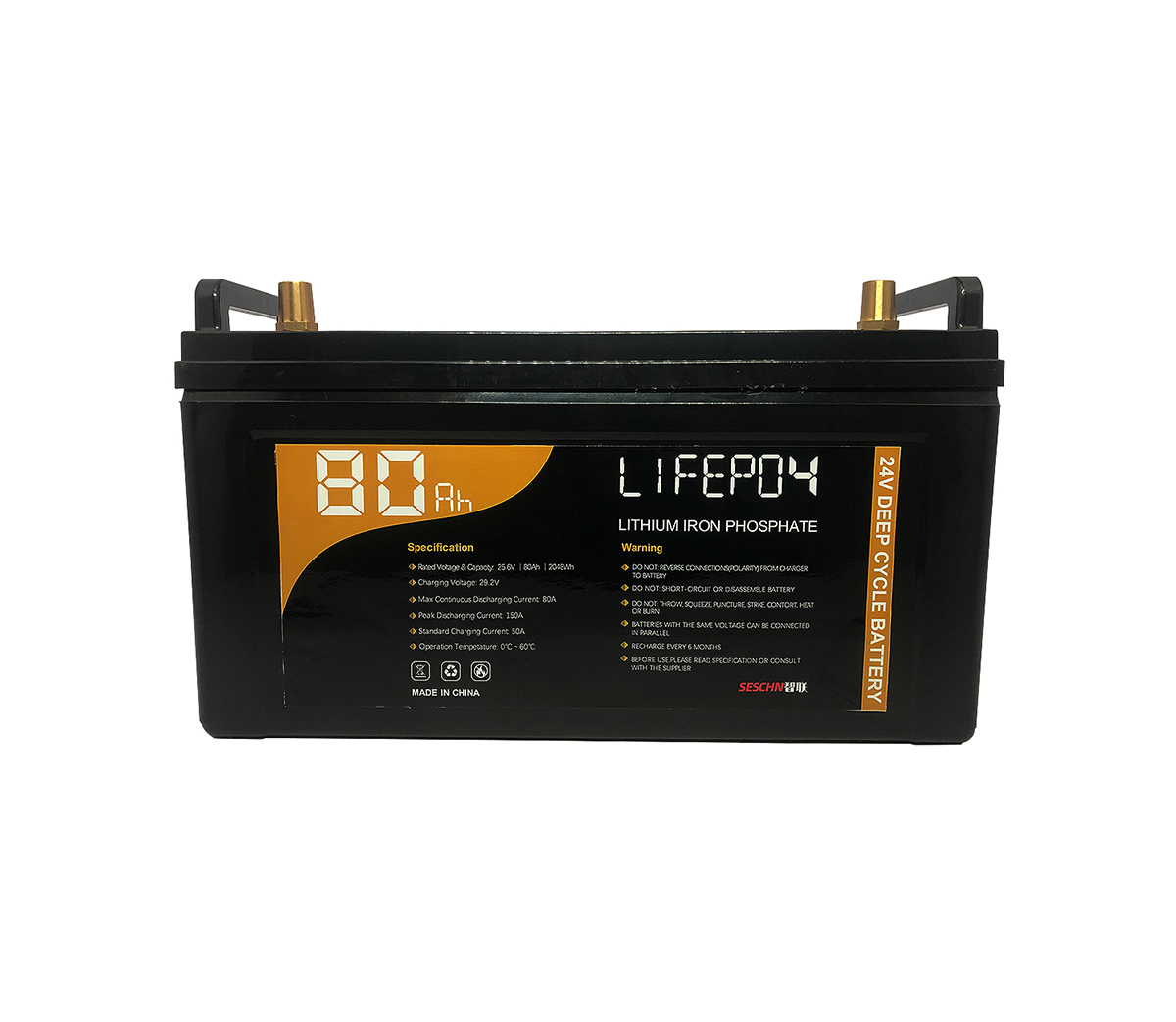Detailed analysis of the advantages and disadvantages of lithium iron
phosphate batteries
Lithium iron phosphate battery refers to a lithium ion battery that uses
lithium iron phosphate as a positive electrode material. The cathode materials
of lithium-ion batteries mainly include lithium cobaltate, lithium manganate,
lithium nickelate, ternary materials, lithium iron phosphate and so on.

The nominal voltage of the LiFePO4 battery is 3.2V, the final charging
voltage is 3.6V, and the final discharge voltage is 2.0V. Due to the different
quality and technology of the positive and negative materials and electrolyte
materials used by various manufacturers, there will be some differences in their
performance. For example, the battery capacity of the same model (standard
battery in the same package) is quite different (10%-20%). In addition, some
battery properties are not listed, such as battery internal resistance,
self-discharge rate, charge and discharge temperature, etc.
Advantages of lithium iron phosphate battery
1. Improvement of safety performance
Lithium iron phosphate will not collapse and heat up like lithium cobalt
oxide or form strong oxidizing substances even at high temperature or
overcharge, so it has good safety. A report pointed out that in actual
operation, a small part of samples was found to burn in acupuncture or
short-circuit experiments, but there was no explosion.
2. Improved lifespan
The cycle life of long-life lead-acid batteries is about 300-500 times,
while the cycle life of lithium iron phosphate power batteries reaches more than
2000 times. In real applications, a lead-acid battery of the same quality has a
service life of less than two years at most, while a lithium iron phosphate
battery used under the same conditions will have a theoretical service life of 7
to 8 years.
3. Good high temperature performance
The peak value of lithium iron phosphate electric heating can reach
350℃-500℃, while lithium manganate and lithium cobaltate are only around 200℃.
Wide operating temperature range (-20C--75C), with high temperature resistance,
lithium iron phosphate electric heating peak can reach 350℃-500℃, while lithium
manganate and lithium cobaltate are only around 200℃.
4. Large capacity
The capacity of the battery will quickly fall below the rated capacity
value when the battery is always fully charged and not discharged. This
phenomenon is called the memory effect. Like Ni-MH and Ni-Cd batteries, there is
memory, but lithium iron phosphate batteries do not have this phenomenon. No
matter what state the battery is in, it can be charged and used at any time
without having to discharge it before charging.
5. Light weight
The volume of the lithium iron phosphate battery of the same specification
and capacity is 2/3 of the volume of the lead-acid battery, and the weight is
1/3 of the lead-acid battery.
6. Environmental protection
Lithium iron phosphate batteries are generally considered to be free of any
heavy metals and rare metals (the nickel-hydrogen battery requires rare metals),
non-toxic (SGS certified), non-polluting, in line with European RoHS
regulations, and a green battery.
Disadvantages of lithium iron phosphate batteries
Whether a material has application development potential, in addition to
paying attention to its advantages, the more critical thing is whether the
material has fundamental defects.
Lithium iron phosphate also has fundamental defects that cannot be ignored,
which can be summarized as follows:
1. During the sintering process during the preparation of lithium iron
phosphate, iron oxide may be reduced to elemental iron in a high-temperature
reducing atmosphere. Elemental iron can cause micro-short circuit of the
battery, which is the most taboo substance in the battery.
2. Lithium iron phosphate has some performance defects, resulting in lower
energy density of lithium-ion batteries. Low temperature performance is
poor.
3. The cost of material preparation and the cost of battery manufacturing
are relatively high. Although the chemical elements Li, Fe and P in lithium iron
phosphate are abundant and the cost is low, the cost of the prepared lithium
iron phosphate products is not low, which requires Wait for the market demand to
rise significantly before it can be resolved.
4. Poor product consistency. From the perspective of material preparation,
the synthesis reaction of lithium iron phosphate is a complex multiphase
reaction, including solid-phase phosphate, iron oxide and lithium salt, plus
carbon precursor and reducing gas phase. In this complex reaction process, it is
difficult to ensure the consistency of the reaction.

Lithium-ion battery (LIB) has become the main energy storage solution in
modern social life. Among them, lithium iron phosphate batteries are a perfect
substitute for lead-acid batteries, and are the first choice for grid-connected
peak shaving, off-grid energy storage, photovoltaic energy storage, UPS, data
center and other industries.
Solar power generation system with lithium battery energy storage system is
a very promising clean energy.




































